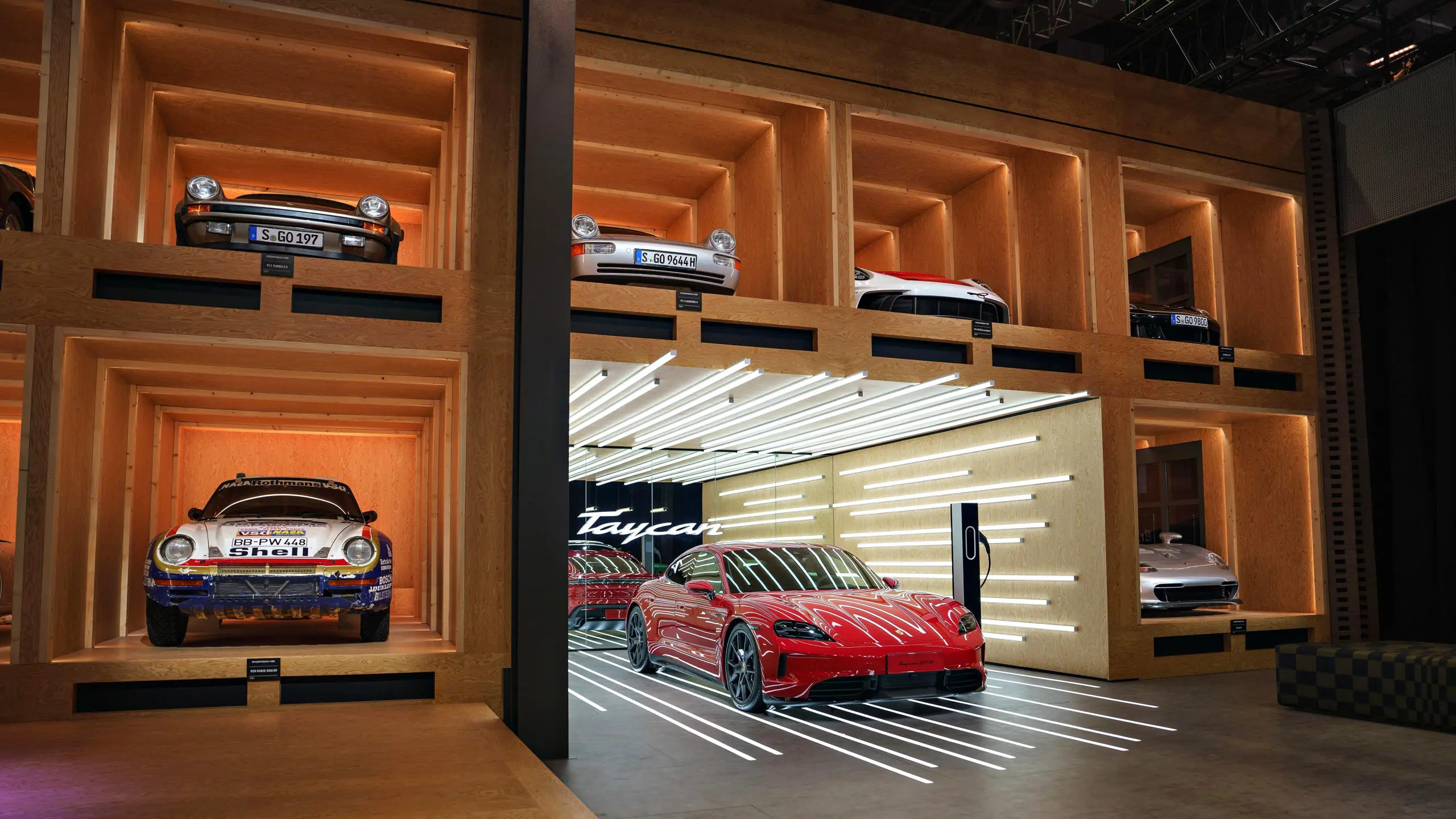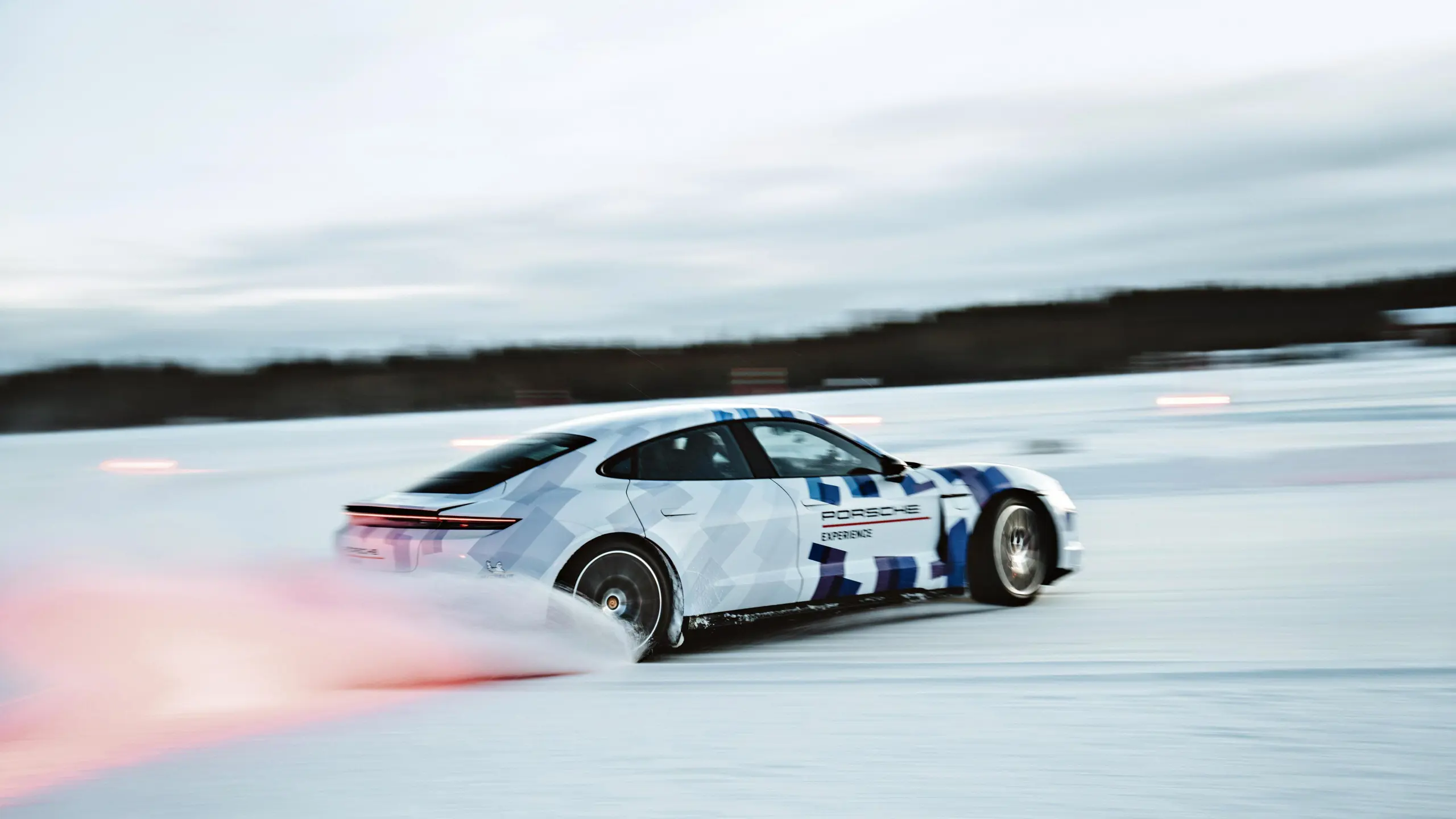Redefining electric performance
For Porsche, the letter “E” in E-Performance stands for emotion, not compromise. From the early vision of Ferdinand Porsche to the cutting-edge Taycan and Macan of today, the Stuttgart marque has always sought to balance technical mastery with an exhilarating driving experience. The principle is simple yet uncompromising: every watt of energy must be converted into performance, and every detail of the electric drivetrain must be optimized for dynamics, efficiency, and endurance. At the core of this philosophy is Porsche’s choice of permanent magnet synchronous motors (PSM) over the more conventional asynchronous type. While more costly, PSMs deliver higher continuous power and are less prone to overheating, ensuring the kind of relentless performance expected from a Porsche. Coupled with the brand’s sophisticated power electronics and 800-volt architecture, originally pioneered in the Le Mans-winning 919 Hybrid, these motors form the beating heart of Porsche’s new generation of electric sports cars.
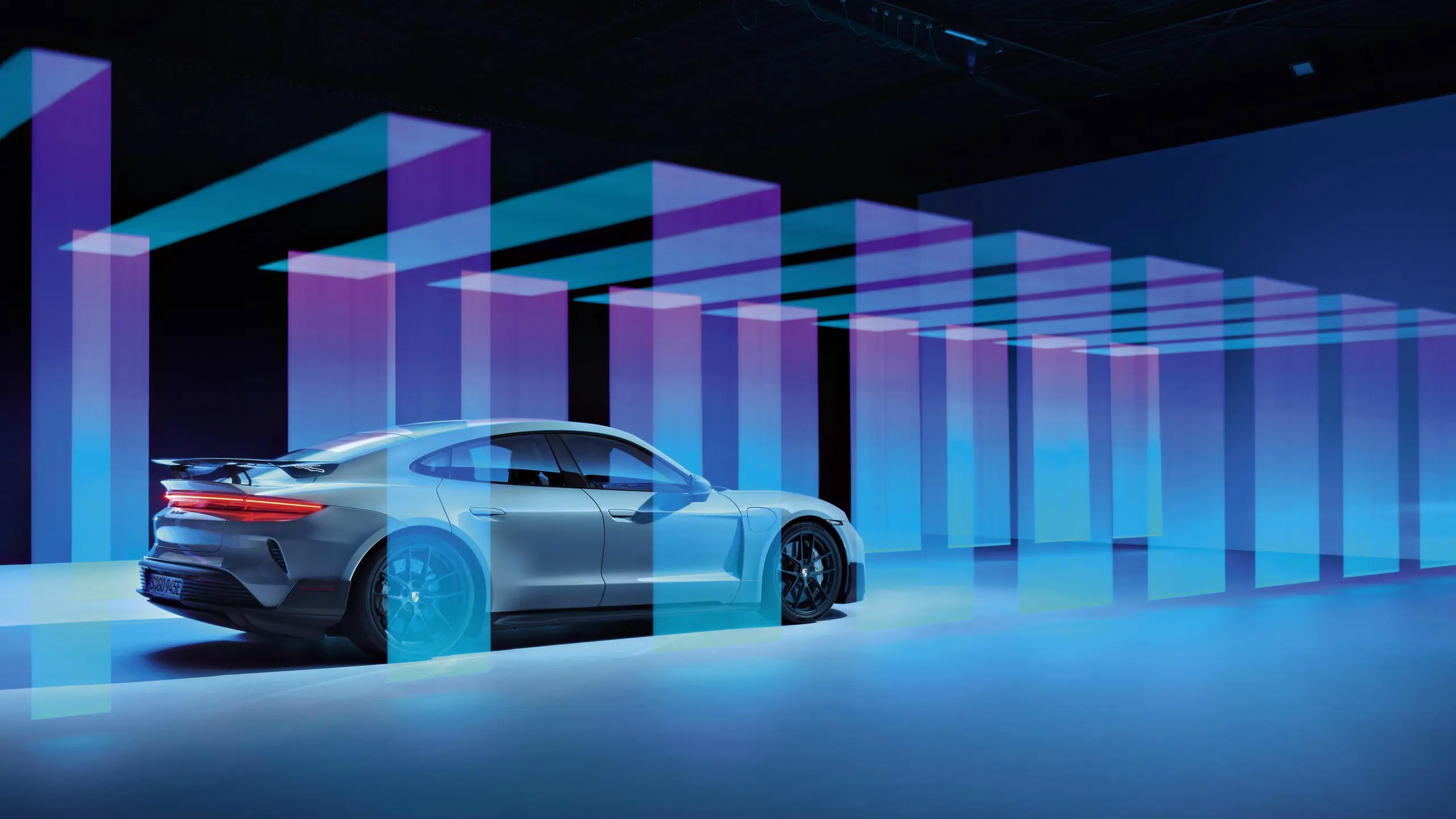
The track-proven thrill
It only takes a few laps in the Taycan GTS to understand what E-Performance means in practice. Corner after corner, the acceleration remains unflinchingly sharp, the suspension tuned with surgical precision, and the braking consistent even after repeated high-intensity deceleration. Unlike many EVs that suffer from performance drop-off under strain, the Taycan holds its pace over long stints of track driving a hallmark of Porsche engineering. While few drivers will subject their cars to racing conditions, this ability translates into real-world confidence and safety. Overtaking on a two-lane road, merging onto a highway, or stopping suddenly in an emergency: each of these moments benefits from the instantaneous thrust and reassuring stopping power Porsche’s engineers have built into the Taycan and Macan. In short, Porsche has succeeded in creating EVs that feel not only competent, but truly alive in the driver’s hands.
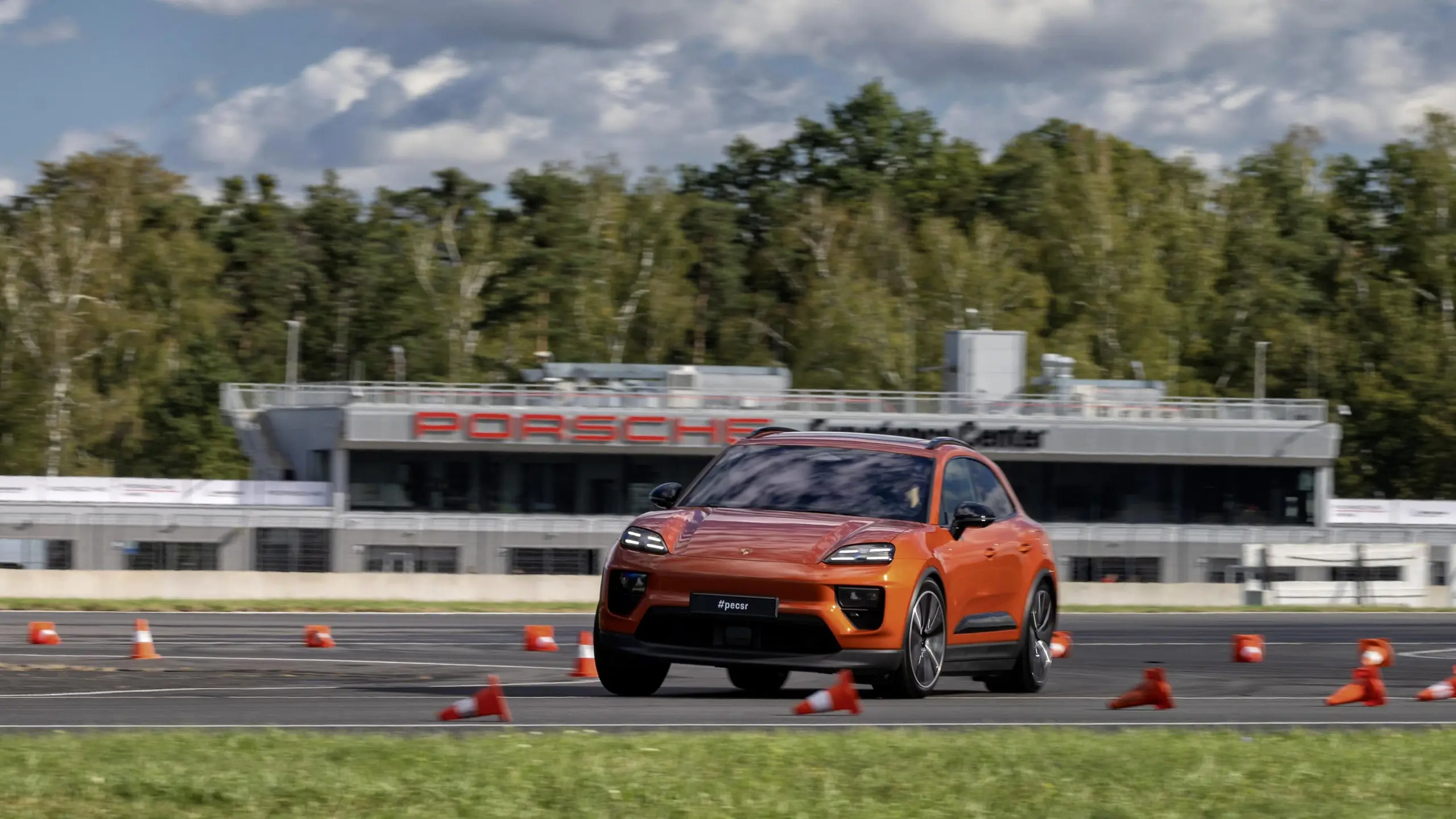
Engineering the compact powerhouse
Beyond emotion, Porsche’s EVs showcase technical ingenuity at the microscopic level. A standout innovation is the hairpin stator winding, employed on the Taycan’s front axle. Unlike traditional round copper wires, hairpins are rectangular and densely packed, increasing the copper fill factor from around 50% to nearly 70%. The result is a more compact yet more powerful motor, with superior torque output and improved cooling efficiency. Further advancements, such as the two-speed transmission on the Taycan’s rear axle, push electric performance into uncharted territory. The first gear, with its short ratio, unleashes brutal acceleration, while the second gear ensures sustained efficiency and higher top-end speed. This dual-gear solution, unique among electric sports cars, allows the Taycan Turbo S to reach up to 700 kW (952 PS) and the Turbo GT, with its advanced silicon-carbide inverter, to peak at over 1,100 PS in overboost mode. These are numbers once unimaginable in the world of electric mobility, proof that performance has simply evolved, not diminished, in the electric era. Equally critical is Porsche’s approach to thermal management. With waste heat still present even in highly efficient electric motors, components such as cooling water jackets, advanced heat pumps, and next-generation inverters ensure that performance remains sustainable lap after lap, charge after charge.
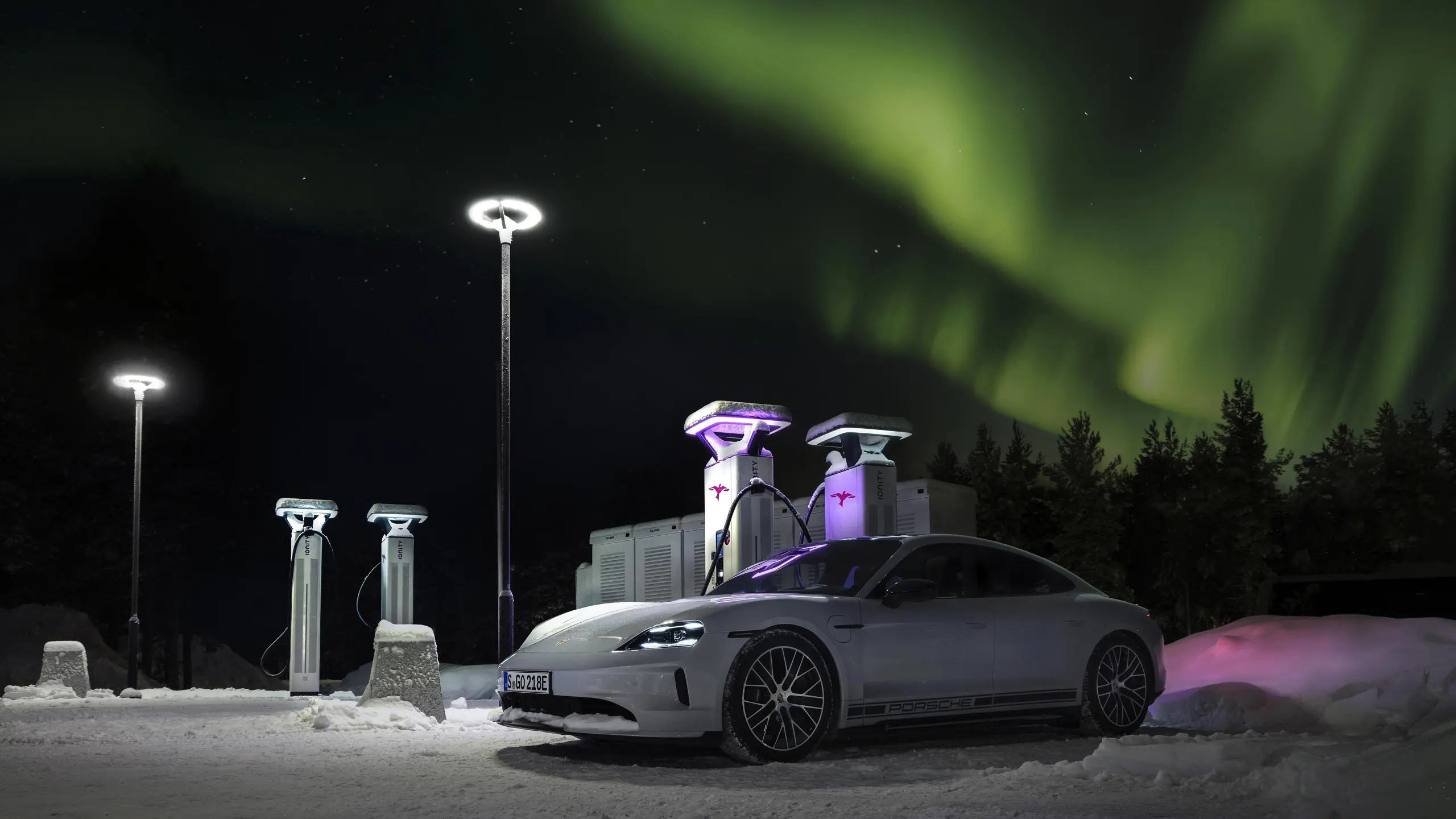
The future of driving, charged
Of course, power is only half the story. To satisfy sports car customers, Porsche had to answer the most pressing EV questions: range and charging time. Through a carefully chosen 105 kWh battery, new cell chemistry, and improved charging robustness, the latest Taycan achieves up to 680 km of WLTP range, 175 km more than its predecessor. Even more impressive, fast-charging at up to 320 kW allows drivers to add 315 km of range in just 10 minutes. The Macan, Porsche’s first model on the PPE platform developed with Audi, echoes these achievements with up to 270 kW charging and regenerative braking of 240 kW, enabling up to 90% of everyday braking to be handled electrically. In the Taycan, recuperation reaches as high as 400 kW, a 30% improvement. This not only boosts efficiency but also redefines how energy recovery can be integrated into the driving experience. Ultimately, Porsche’s E-Performance strategy proves that emotion and innovation are inseparable. The familiar model names Turbo, Turbo S, Turbo GT, may seem unusual in an EV context, yet they signal what Porsche wants to preserve: a direct link to performance heritage. The difference today is not cylinders or displacement, but inverter strength, charging robustness, and regenerative capacity. For Porsche, the pursuit of perfection continues, only with new tools, new possibilities, and an electrified heartbeat.
